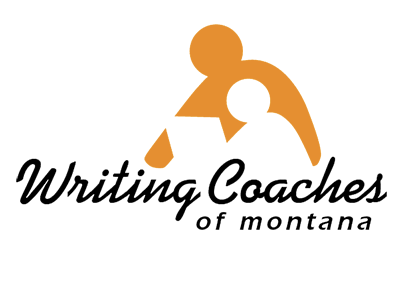Growing up in a ranching community in rural Wyoming, my interest in environmental storytelling was sparked early. I was drawn to the complex relationships people held with the land and animals around them, wondering about the vitriol aimed at wolves, the ethics of food production, and the invasive beetles leaving our pine forests dead, brittle, and vulnerable to wildfires. This curiosity about the ways humans interact with non-human elements—both in practice and in narrative—became the foundation of my academic and professional interests.
As I worked toward my BA in Creative Writing at the University of Montana, I pursued classes that allowed me to explore folklore and Irish literature, drawn by how writers use magical realism and distorted reality to address societal issues. This exploration solidified my interest in environmental horror, and coincidentally (or, perhaps, fatefully), it was around this time that I met Cassie Sheets. Cassie was, and still is, a force of nature. Her devotion to education, community, equality, and kindness is revolutionary, so when she encouraged me to apply for an internship at the nonprofit she had recently started at as the executive director, I jumped at the opportunity.
A year later, when I’d finished up my undergrad degree, I got the opportunity to join WCM’s team more permanently as the Missoula/Ravalli coordinator. It was then, as I became familiar with the handshakes of our incredible volunteers and read the graffiti scrawled on bathroom stalls in local public schools, that I started to feel like Western Montana was my home.
Of course, I was still writing horror stories centered around the relationship between humans and their environment. It became apparent that to tell these stories effectively, I needed a strong academic grounding in climate ethics, philosophy of technology, environmental aesthetics, and sustainability. I chose to pursue an MA in Environmental Philosophy with a Professional Certificate in Nonprofit Administration at UM, which offered a rigorous foundation in these areas. During this program, I worked as a TA, and as part of my thesis, I hosted a series of environmental writing workshops (shoutout to Coach Dave who came to every single one; I still think about the story he plotted out during our last workshop) aimed at helping participants process eco-melancholia, cathartically express the horrors of the Anthropocene, and envision a future of resilience.
Horror stories are sometimes seen as inherently reactionary and conservative, representing a consolidation of societal fears. This can be accurate to some degree, but through studying environmental philosophy while also working at an organization devoted to community and lifelong learning, I’ve come to realize that at its best, horror is an exercise in hope. The point of cultivating terror is to prove that there is something worth saving. In her book Shimmer, multi-species theorist Debra Rose Bird writes that the biosphere was created through “circular, synergistic, life-giving relationships.” That’s the idea that all environmental writing circles back to. It is the opposite of nihilism; eco-horror is a screaming declaration that our connections to each other and to our ecosystems matter. That’s kind of what we’re doing at WCM too. With every coaching session, we are proving through our actions that connection across generations is valuable. For me, writing is an act of care—for ourselves, our earth, and our communities.
I am forever grateful to the wonderful volunteer community I was welcomed into here at WCM when I started three years ago. I have grown personally and professionally more than I ever could have anticipated in the beginning, and the people I have met through this organization constantly remind me of how much good there is worth fighting for in the world.
In light of all this, I’ve made the bittersweet decision to leave WCM in order to attend Iowa State University’s MFA program in Creative Writing and the Environment with an emphasis in fiction writing. I’ve been offered a TA position and the Pearl Hogrefe Fellowship, and I’ll have the opportunity to steward research and environmental education projects on the Casey Everett Nature Reserve. I am so excited to use the skills that I’ve gained at WCM to further my education, and I am also thrilled to see what the next iteration of WCM staff brings to this program. One of the most special things about this organization is that it invariably attracts amazingly caring and passionate people, and I have no doubt that WCM’s future is bright.

